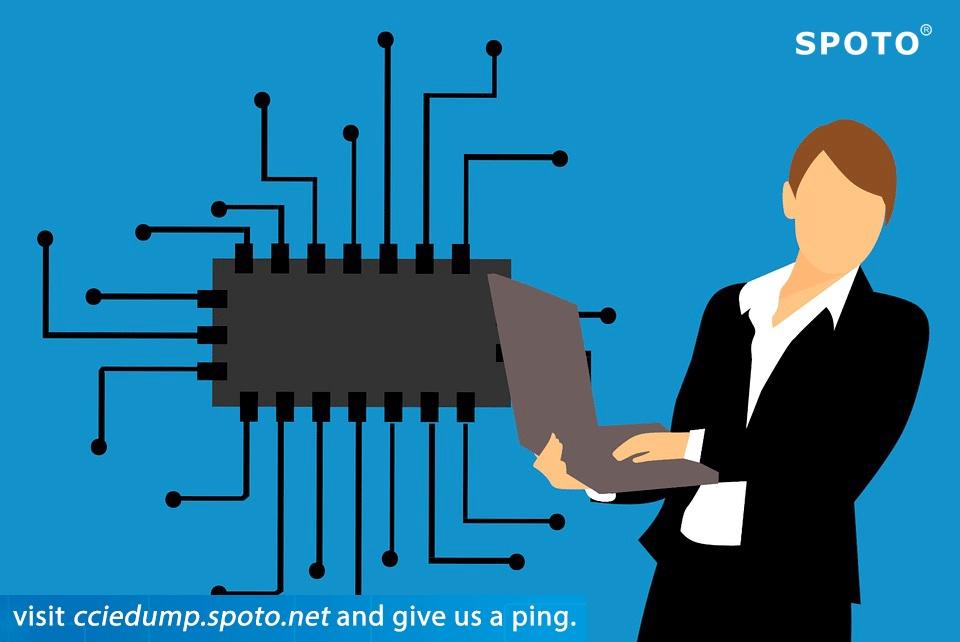IPv6 is the latest version of the IP protocol. The development of IPv6 is to overcome many of the defects of IPv4, especially the problem of IPv4 address exhaustion. Unlike IPv4 with only about 4.3 billion available addresses (increasing 2 to 32 power), IPv6 allows the 3.4%10 to be increased to 38 addresses.
IPv6 features
Here is a list of the most important features of IPv6:
Large address space: IPv6 uses 128-bit addresses, which means that for each person on the Earth there are 48,000,000,000,000,000,000,000,000,000 addresses!
Enhanced security: IPSec (Internet protocol security) is built into IPv6 as part of the protocol. This means that two devices can dynamically create secure tunnels without user intervention. Header improvement: the packaging header used in IPv6 is simpler than the packaging header used in IPv4. The IPv6 header is not protected by a checksum, so the router does not need to calculate the checksum for each packet
No NAT is required: no NAT is required since each device has a globally unique IPv6 address. The stateless address auto-configuration: The IPv6 device can automatically configure the IPv6 address for itself.
Note: if you have any questions about IPV6, and you can join our study group: https://chat.whatsapp.com/FwQuSIDASCd7DHTDdIIcSa
And you can follow SPOTO where we will update the latest news about the Cisco certification exam.
More you may be interested:
2. New Cisco Certifications Are Coming: 5 Big Changes to Expect
3. How Much Does It Cost to Become Microsoft Certified?

 Join Telegram Study Group ▷
Join Telegram Study Group ▷














